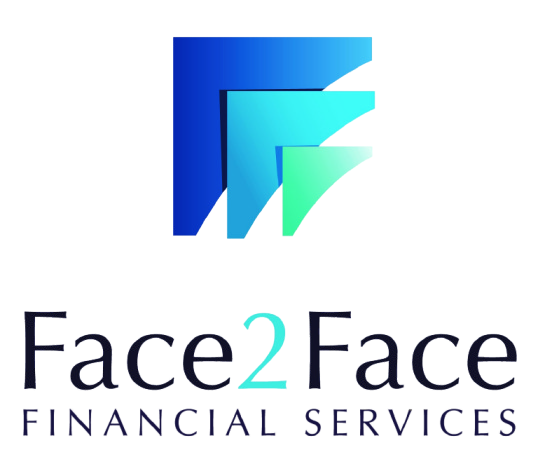Getting on the property ladder might feel impossible with today's house prices, but shared ownership could be your way forward.
Getting on the property ladder might feel impossible with today's house prices, but shared ownership could be your way forward. This government-backed scheme has helped thousands of aspiring homeowners take their first steps into property ownership without needing the full deposit and mortgage that traditional buying requires.
What is shared ownership?
Shared ownership allows you to buy a share of a property (typically between 10% and 75%) and pay subsidised rent on the remaining portion to a housing association. Rather than needing a deposit of 5-20% of a full property value, you only need 5-10% of your chosen share's value. For example, if you buy a 25% share of a £280,000 property, you'll only need a deposit on £70,000, not the full amount.
The scheme operates through housing associations offering you leasehold properties with terms that now extend to 990 years rather than the previous 99-125 year arrangements. This change, introduced in 2021, provides much greater security for shared owners.
How does shared ownership work?
Your monthly costs include mortgage payments on your owned share plus rent on the housing association's portion at a subsidised rate. You'll also pay service charges for communal areas and potentially ground rent, though new legislation has eliminated ground rent for most residential leases granted after June 2022.
The real benefit comes through "staircasing" – buying additional shares in your property over time. You can increase ownership in 1% increments for up to 15 years with reduced fees, potentially owning up to 100%, depending on the housing association, and reducing or eliminating rent payments.
Is shared ownership a good idea in the UK?
Shared ownership offers genuine advantages, particularly for first-time buyers priced out of traditional homeownership. Your smaller initial mortgage means lower monthly payments, and you're building equity rather than paying rent with no ownership stake.
However, you should understand the drawbacks. You're responsible for maintenance costs, and service charges can be substantial. Your rent increases annually based on inflation plus additional uplifts. Selling can also be more complex than traditional homeownership.
Can I buy a second property if I own a shared ownership home?
No, you cannot. Shared ownership eligibility requires that you don't own another home. If you currently own property elsewhere, you must be in the process of selling it. The scheme is designed for your main residence only.
Getting started
To qualify, you must be at least 18 years old with a household income under £80,000 annually (£90,000 in London). You'll also need to demonstrate that you cannot afford to buy outright.
Shared ownership isn't right for everyone, but for those who qualify and understand its complexities, it can provide a realistic path to homeownership. Consider your long-term plans and budget for all ongoing costs.
Contact our experienced mortgage advisers to discuss whether this scheme could work for you.

